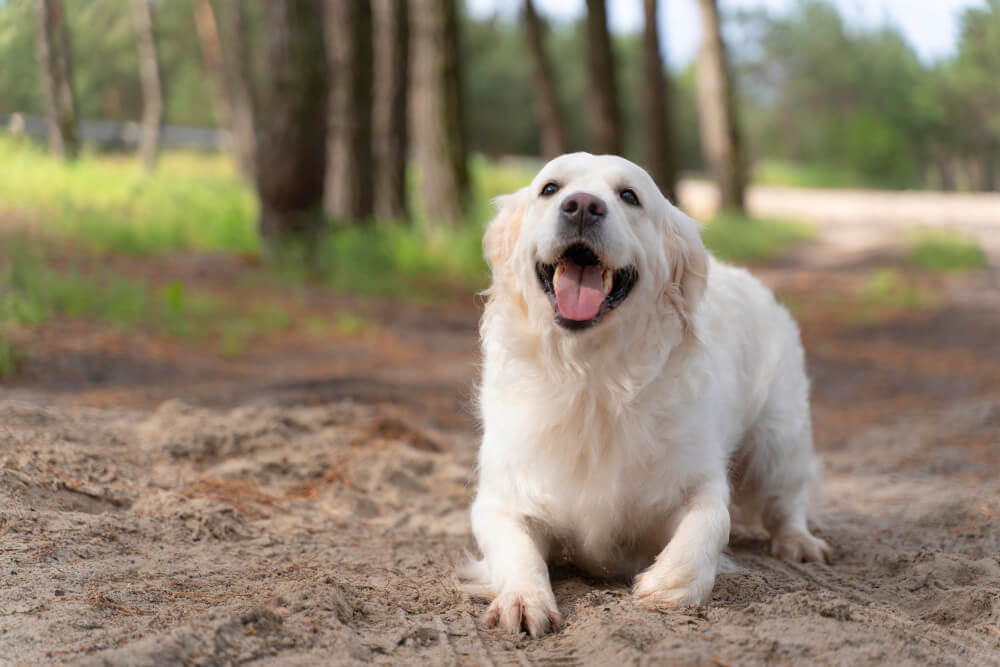FAQ
Pet insurance is a health insurance policy specifically for your pet. It helps cover the cost of veterinary care, including accidents, illnesses, and preventive care, depending on the plan you choose.
Now is the best time to get pet insurance because veterinary costs are rising, and having coverage can provide financial peace of mind. Early enrollment often means better rates and coverage before any pre-existing conditions develop.
We all die of something–dogs included.
In the case of my beloved Ruby, she has Chronic Kidney Disease (CKD), also known as Chronic Renal Failure. Unfortunately, this is an irreversible, progressive diagnosis. Once your dog has Chronic Kidney Disease, there’s no going back. Chronic Kidney Disease will eventually lead to renal failure, which ultimately ends in death
Best Cat Ball Launchers in 2023
Ruby is a 15-year-old chihuahua, weighing in at around 6 lbs. on a good day. She’s been with me since she was 6 weeks old and I love her more than I love most humans. She’s my best friend and my shadow.
In a nutshell, CKD comes about because the kidneys start to wear down. Just like any car engine, over time wear and tear will start causing things to slip, stall and splutter.
Such is the case with the kidneys.
The good news? Dogs (and humans for that matter!) can actually function on as little as 25% of a functioning kidney–so if you’re lucky to get a CKD diagnosis early enough in the game, there’s no reason why you can’t ensure that your fur-baby can enjoy a full and healthy lifestyle for years.
- Fetch machines
- Blaster
- Sling
- Thrower
- Fetch machines
- Blaster
- Sling
- Thrower
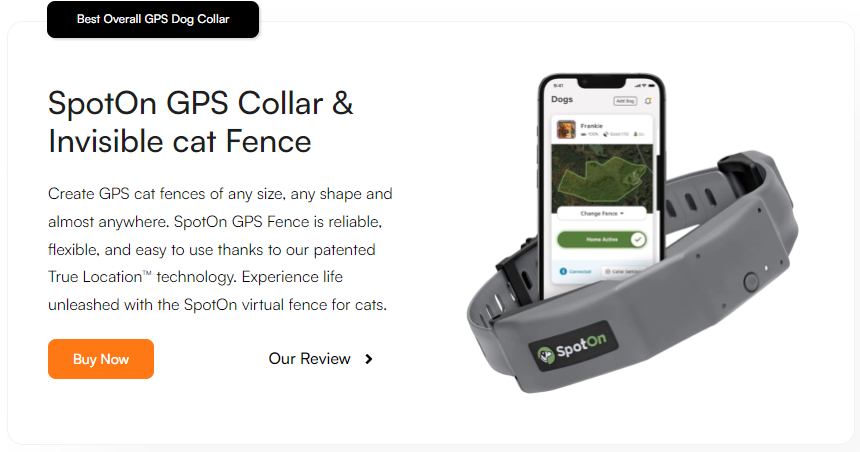
Table of Contents
iFetch : Automatic Fetch Machine for Cats
Back to my Ruby.
Mid-2018, Ruby was 13 years-old and we were prepping for some extended traveling in a motorhome. Ruby started doing something strange that she had never done before: She would drink her water and then choke it all back up again.

Ruby was drinking a larger amount of water in one sitting than normal but because we had recently moved into our motorhome which was located in a dusty area, I thought her new ‘habit’ related to the life change. Before we hit the road, she was given the once over at the vet’s and had gotten a big, fat, green light health-wise. By the second month of our travels, though, I noticed Ruby had lost some weight. Again, I put this down to our life change as Ruby had a relatively sedentary life and now, we were going on daily hikes.
Other than the weight loss and water issues, there weren’t any other notable changes in her behavior. By the time our road trip was finished, however, Ruby looked like a skeleton even though she was eating regular amounts of food.
So as soon as we returned home, I took Ruby to see our vet for some blood work.
The bad news came: Ruby was diagnosed with Chronic Kidney Disease in January, 2019. Our vet said we had caught it early and while it was progressive, we could manage it with diet. He also mentioned that Ruby’s condition is probably age-related given that she’s now in her ‘golden years.’
We immediately switched Ruby to kidney-support kibble and canned food. Ruby had never had wet food in her life, so the switch to a mixture of wet and dry food was like heaven to her! She instantly perked up as soon as we changed her diet. Suddenly, Ruby seemed like a playful puppy again, which made me sigh with relief.
That’s my story. Here are some early warning signs that I’ve noted from my experience as well as from other friends whose dogs have CKD:
- Excessive drinking of water
- Shaky or weak back legs
- Peeing indoors (only unusual if your dog is trained to pee outdoors)
- Eating dirt–a sign that your dog is deficient in iron or minerals
- Dry, itchy skin
- Eye swelling or dry eyes
- Trembling or muscle twitching
Quick disclaimer: if you decide to purchase a SpotOn virtual fence for your pup through my referral link, I’ll earn a small commission at no extra cost to you. Also, this is not a sponsored review. I never delete the negative comments and talk about negative things compare to many other reviews.
Due to ongoing supply issues with electronics, the SpotOn fence might not occasionally go out of stock. If you see it available and decide it’s right for you, I recommend grabbing it right away.
Once your dog has been given a diagnosis of CKD, your vet should assess which of the four stages your dog is in. A vet will deduce the dog’s stage using fasting blood creatinine and/or fasting blood SDMA concentration. Ideally, these tests will be done twice when the dog is hydrated and stable. Your vet may then run a proteinuria (pee test) and check blood pressure to assess sub-stage.
I’m happy to say that Ruby is still with us. Sometimes her stomach gurgles like crazy and she doesn’t want to eat or drink. While it’s always nerve-wracking when these days come, I trust that she knows what’s best for her, and I try to pile on extra cuddles that day while honoring her fasting.
The hardest part about a Chronic Kidney Disease or Chronic Renal Failure diagnosis is the lack of guidance for dog owners. But the truth is that just like humans, dogs are all unique. What works for one dog, may not work for another. Ruby cannot handle rice in her diet, for example, even though she loves it.
As with anything, consult with your veterinarian to determine what may be best for your dog. And enjoy every single day you get to spend with your precious pup. Every minute counts.
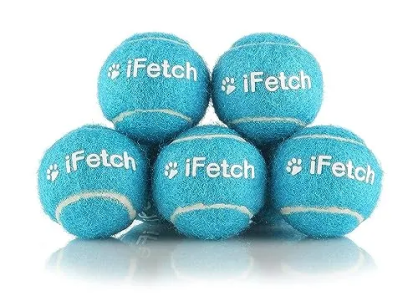
PetSafe Automatic Ball Shooter For Cats
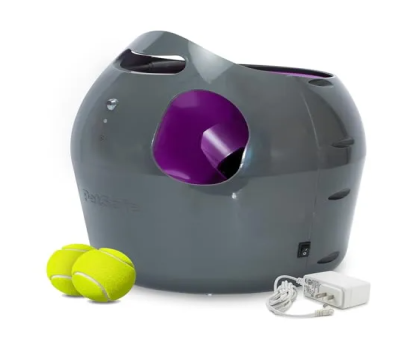
GoCatGo Fetch Machine Cat Ball Launcher
If you are looking for a cat ball launcher that is ideal for cats of all sizes, you can try the GoCatGo Fetch Machine! The GoCatGo is one of the best automatic best cat launchers on the market today.
We tested this tennis ball launcher as soon as we unboxed it. Speaking of unboxing, the package includes five GoCatGo cat tennis balls, rechargeable lithium batteries, remote control, and an AC adapter.
The GoCatGo fetch machine offers a time-setting option that allows you to select launch intervals of four, seven, or fifteen seconds. A distance setting is also available, which varies based on the size and kind of ball used. It also comes with a remote control that works up to 50 feet away from the device.
Pros and Cons at Glance
- Financial Protection
- Access to Quality Care
- Peace of Mind
- Preventive Care Options
- Monthly Premiums
- Exclusions and Limitations
- Upfront Payments
- Complex Policies
Advantages of Pet Insurance

Pet insurance helps cover the cost of unexpected veterinary bills for accidents and illnesses, protecting you from significant out-of-pocket expenses. Monthly premiums make it easier to budget for your pet’s healthcare needs.
Insurance allows you to afford a wider range of treatments and procedures, including emergency care, surgeries, and specialist consultations. Some plans include coverage for preventive care such as vaccinations, dental cleanings, and annual check-ups.
Disadvantages of Pet Insurance
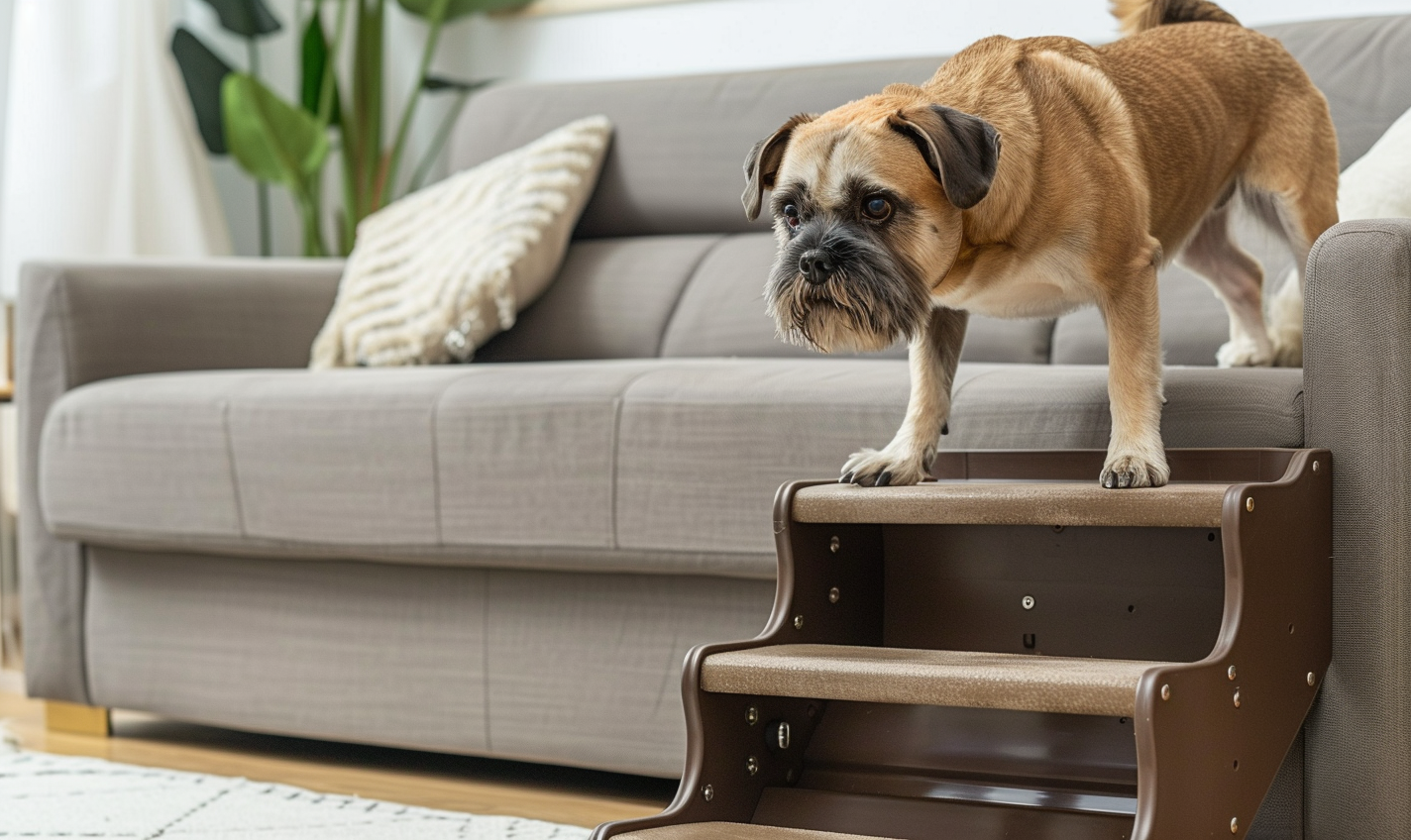
The need to pay monthly premiums can add up, and if your pet remains healthy, you might feel like you’re not getting your money’s worth. Pet insurance typically does not cover pre-existing conditions, which can be a significant drawback if your pet has ongoing health issues.
Certain policies exclude hereditary or breed-specific conditions, limiting the coverage available. Most pet insurance plans operate on a reimbursement basis, meaning you must pay vet bills upfront and then wait for reimbursement, which can take time.
Author
Ryan
Writer


